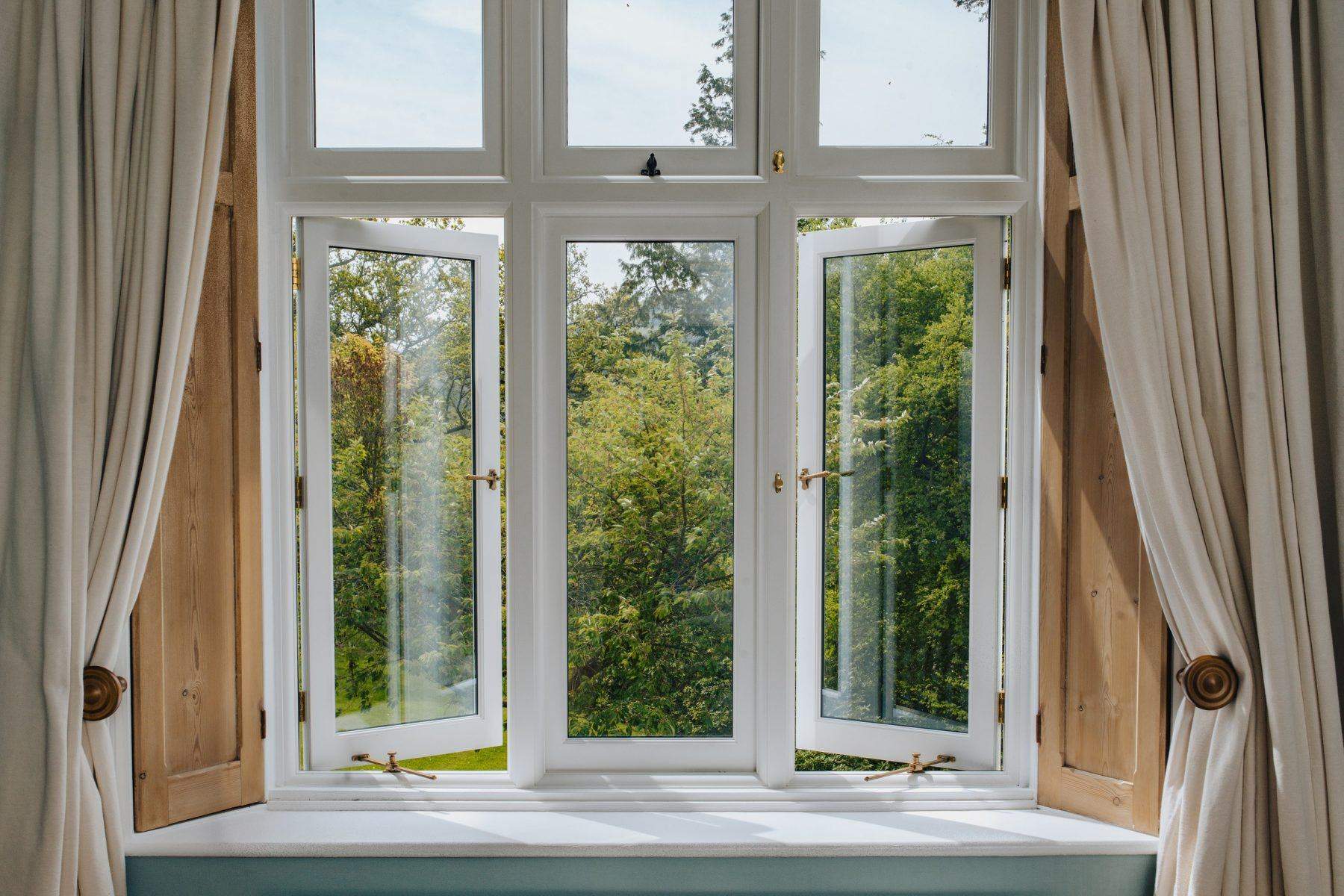
Windows are an essential element of our homes and buildings, providing us with much-needed natural light, ventilation, and a connection to the outside world. While we may often take them for granted, windows have a fascinating history and an array of interesting features that are worth exploring. From their evolution over the centuries to the latest technological advancements, windows have come a long way. In this article, we will delve into 10 captivating window facts that will shed light on their significance and serve as a reminder that there is much more to these glass panes than meets the eye. So, let’s embark on this enlightening journey to discover the intriguing world of windows!
Key Takeaways:
- Windows have been around for centuries and serve many purposes, like letting in light and providing ventilation. They’ve evolved from simple openings to advanced, energy-efficient designs.
- Different materials and technologies make windows versatile and important for a building’s ambiance and functionality. Proper maintenance is key to their longevity and performance.
The invention of the window dates back to ancient civilizations.
Windows have been an integral part of human architecture for centuries. From the small, simple openings in ancient Egyptian homes to the elaborate stained glass windows in Gothic cathedrals, the evolution of windows has spanned numerous civilizations and cultural periods.
Windows serve multiple functions in a building.
Windows are not just openings in a wall; they play a crucial role in our daily lives. They let in natural light, provide ventilation, offer views to the outside, and can even contribute to the energy efficiency of a building.
The first commercially produced glass windows were introduced in the 17th century.
Prior to the 17th century, glass was a luxury item and was not commonly used in window construction. However, advancements in glassmaking techniques led to the production of affordable glass windows, revolutionizing building design and improving the quality of life for many.
Double-glazed windows offer enhanced insulation.
Double-glazed windows, also known as insulated glass units, consist of two glass panes separated by a layer of air or gas. This design helps to reduce heat transfer, making them more energy-efficient and improving indoor comfort.
Windows can be made from various materials.
While glass is the most common material used in windows, other materials such as wood, aluminum, vinyl, and fiberglass are also widely used. Each material has its unique characteristics, benefits, and considerations for different applications.
Windows can be designed to withstand extreme weather conditions.
For regions prone to hurricanes, tornadoes, or severe storms, impact-resistant windows are crucial. These windows are designed to withstand strong winds and flying debris, providing safety and protection for occupants.
The size and placement of windows can affect the ambiance of a space.
The strategic placement and size of windows can greatly influence the atmosphere and ambiance of a room. Large, floor-to-ceiling windows can create a sense of openness and connection to the surroundings, while smaller, strategically placed windows can offer privacy and control natural light.
Windows can be equipped with advanced technologies.
Modern windows can incorporate innovative technologies such as smart glass, which can change its transparency or opacity with the push of a button. Additionally, window films can be applied to enhance privacy, reduce glare, and even regulate the temperature inside a building.
Proper maintenance is essential for window longevity.
Regular cleaning, sealing, and inspection are important for maintaining the performance and longevity of windows. Neglecting proper maintenance can lead to issues such as air leaks, moisture damage, and decreased energy efficiency.
Windows have cultural and symbolic significance.
Throughout history, windows have held symbolic and cultural meaning. They have been depicted in art, literature, and even religious rituals, representing concepts such as clarity, enlightenment, and the connection between the material and spiritual worlds.
Conclusion
These 10 window facts shed light on the importance and significance of windows in our everyday lives. From their functional aspects, such as providing natural light and ventilation, to their aesthetic appeal and energy-saving properties, windows play a vital role in our homes and buildings.
Understanding the different types of windows, the materials used in their construction, and the benefits they offer can help homeowners make informed decisions when it comes to window replacement or installation.
So, the next time you look out of your window, take a moment to appreciate not just the view but also the window itself and all the ways it enhances your living space.
FAQs
Q: What are some common window materials?
A: Common window materials include wood, vinyl, aluminum, and fiberglass. Each material has its own advantages and is suited for different climates and architectural styles.
Q: How often should windows be replaced?
A: The lifespan of windows varies depending on factors such as the material used, climate conditions, and maintenance. On average, windows last around 20-30 years, but signs such as draftiness, condensation, or warping may indicate the need for replacement sooner.
Q: Can windows help reduce energy costs?
A: Yes, energy-efficient windows can help reduce energy costs by minimizing heat transfer and improving insulation. Features such as double glazing, low-emissivity coatings, and insulated frames can enhance the energy efficiency of windows.
Q: Are there different types of window designs?
A: Yes, there are various window designs, including casement, double-hung, sliding, awning, and picture windows, among others. Each design offers unique functionality and aesthetic appeal.
Q: How can I clean my windows effectively?
A: To clean windows effectively, start by removing dust and debris with a brush or vacuum. Then, use a mild window cleaner or a mixture of water and vinegar to clean the glass. Use a squeegee or lint-free cloth to wipe away the cleaning solution and achieve a streak-free finish.
Windows offer more than meets the eye, from their fascinating history to their innovative designs and functions. If you're curious about how to maintain window seals, eager to explore even more window facts, or wondering about the best robotic window cleaners available, keep reading our other articles to satisfy your curiosity and expand your knowledge on this essential architectural feature.
Was this page helpful?
Our commitment to delivering trustworthy and engaging content is at the heart of what we do. Each fact on our site is contributed by real users like you, bringing a wealth of diverse insights and information. To ensure the highest standards of accuracy and reliability, our dedicated editors meticulously review each submission. This process guarantees that the facts we share are not only fascinating but also credible. Trust in our commitment to quality and authenticity as you explore and learn with us.


